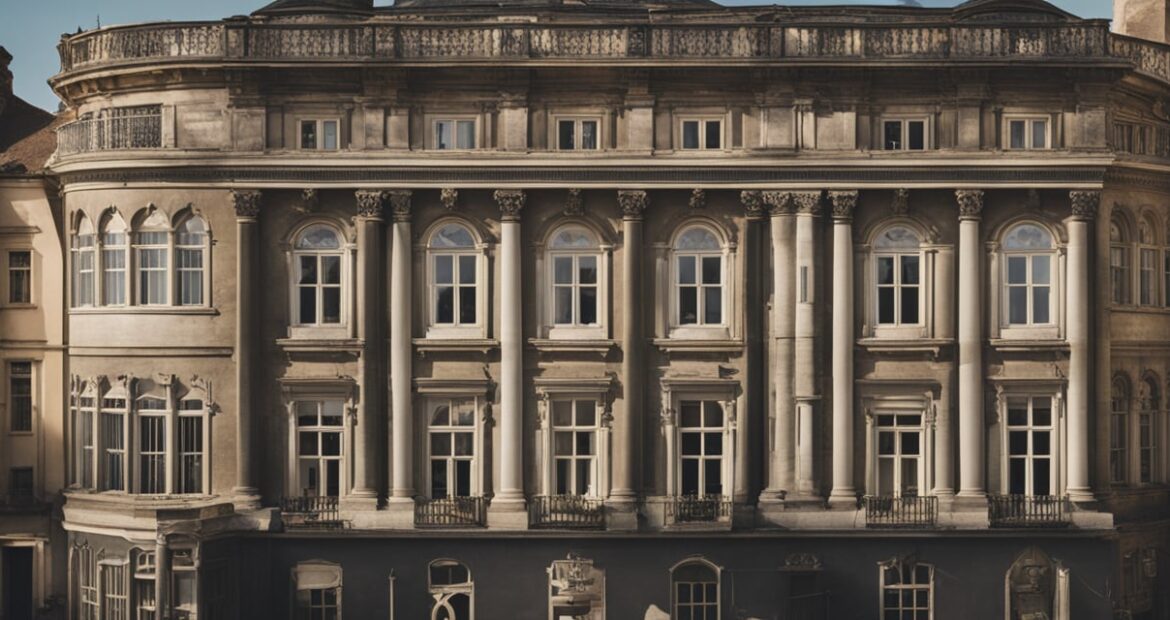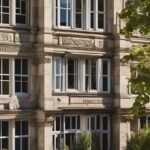The restoration of historic buildings is an increasingly common practice around the world. These buildings, which are often emblematic of a region's culture and history, may require restoration due to age, wear, or damage caused by natural or human disasters. Restoring these buildings not only helps preserve their cultural heritage, but can also have a positive impact on the local economy by attracting tourism and generating employment.

Restoring historic buildings is a complex process that requires careful planning and a large amount of resources. Restoration experts must have in-depth knowledge of the history and architecture of the building in question, as well as the construction techniques and materials used in the era in which it was built. Additionally, they must take safety requirements and current building standards into account when carrying out the restoration. The collaboration of several professionals, such as architects, engineers, restorers and contractors, is often required to carry out a successful restoration.
Principles of Restoration
The restoration of historic buildings is a task that requires a careful and respectful approach to ensure that their historical and cultural value is preserved. The principles of restoration are essential to ensure that a quality and long-lasting restoration is carried out.
Preventive conservation
Preventive conservation is a fundamental principle of the restoration of historic buildings. This is a set of measures taken to prevent damage to the building. Some of these measures include humidity control, temperature control, removal of dirt, and prevention of water ingress.
Respectful restoration
Respectful restoration is another fundamental principle of the restoration of historic buildings. This is a restoration that respects the original character of the building and its surroundings. This involves using materials and construction techniques similar to those originally used, and respecting the form and structure of the building.
Authenticity and reversibility
Authenticity and reversibility are important principles in the restoration of historic buildings. Authenticity involves maintaining the integrity of the building and its surroundings, and ensuring that any changes made are consistent with its original character. Reversibility implies that any changes made must be able to be reversed in the future without damaging the building or its environment.
In summary, the restoration of historic buildings is a process that requires a careful and respectful approach to ensure that their historical and cultural value is preserved. Restoration principles, such as preventive conservation, respectful restoration, and authenticity and reversibility, are essential to ensure that a quality, long-lasting restoration is carried out.
Restoration Process

The restoration of historic buildings is a complex process that requires a multidisciplinary approach and careful planning. The main steps of the restoration process are described below.
Diagnosis of the current state
Before starting any restoration work, it is necessary to carry out a diagnosis of the current state of the building. This diagnosis should include a detailed evaluation of the existing structure, materials and facilities. It is also important to identify the pathologies present and the causes that have generated them.
Historical and cultural studies
The restoration of a historic building requires a deep knowledge of its historical and cultural context. Therefore, it is necessary to carry out previous studies that allow us to understand the evolution of the building and its relationship with the environment. These studies also allow us to identify the heritage values that the building has and that must be preserved.
Intervention planning
Once the diagnosis and previous studies have been made, we proceed to plan the intervention. This planning must consider all the technical, economic and legal aspects involved in the restoration of the building. It is important to establish a detailed work plan that allows the different phases of the restoration process to be coordinated.
Execution of works
The execution of restoration works must be carried out with a rigorous approach and with the use of appropriate materials and techniques. It is important to have a team of professionals specialized in the restoration of historic buildings. During the execution of the works, it is necessary to carry out constant monitoring to ensure that the objectives established in the planning are being met.
In summary, the restoration of historic buildings is a complex process that requires a multidisciplinary approach and careful planning. Carrying out a detailed diagnosis, carrying out historical and cultural studies, rigorous planning of the intervention and carrying out the works with a rigorous approach are the main steps that must be followed to carry out a successful restoration.
Challenges and Considerations
Integration with the community
Restoring historic buildings can be a complicated process due to the need to integrate with the local community. It is important that owners and architects involve the community in the restoration process, to ensure that the values and history of the building are respected. Open and transparent communication is key to achieving successful integration with the community.
Environmental impact
Restoring historic buildings can also have a significant impact on the environment. The materials used in the restoration must be carefully selected to minimize any negative impact on the environment. Additionally, energy and water use must be taken into account during the restoration process. Owners and architects must work together to ensure that the restoration is carried out in a sustainable and environmentally friendly manner.
Regulations and legislation
The restoration of historic buildings is also subject to a series of regulations and legislation. It is important that owners and architects are aware of these regulations and legislation to ensure that the restoration is carried out legally and appropriately. This may include obtaining permits and authorizations before beginning the restoration process. Additionally, certain guidelines and standards must be followed to ensure that the restoration is done properly and safely.
In short, restoring historic buildings can be a complicated process that requires careful consideration and planning. Owners and architects must work together to integrate with the local community, minimize environmental impact and comply with applicable regulations and legislation.
Study cases
Below are some case studies of restoration of historic buildings in different parts of the world:
1. The Eiffel Tower, France
The Eiffel Tower is one of the most famous monuments in the world and is a symbol of the city of Paris. It was built in 1889 and has been the subject of several restoration and renovation processes. In the last restoration, the old lighting was replaced with new one with LED technology, which made it possible to reduce energy consumption in a 30% and improve the quality of lighting.
2. The Colosseum, Italy
The Colosseum is one of the most emblematic monuments in Rome and has been the subject of several restoration processes over the years. In the latest restoration, the old arena was replaced with a new one, the facades were restored and accessibility for visitors with disabilities was improved.
3. Notre Dame Cathedral, France
Notre Dame Cathedral is one of the most famous churches in the world and has undergone several restoration processes over the years. In the latest restoration, the facades were restored, the old roof was replaced with a new one, and accessibility for visitors with disabilities was improved.
These are just a few examples of the restoration of historic buildings in different parts of the world. Restoring these buildings is important to preserving the history and culture of a community.

